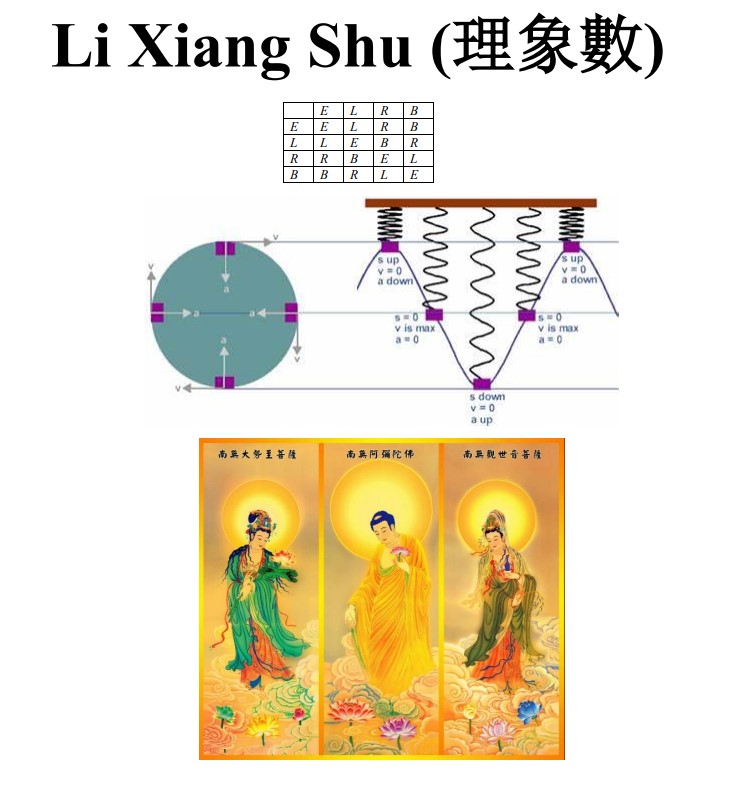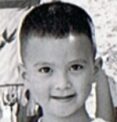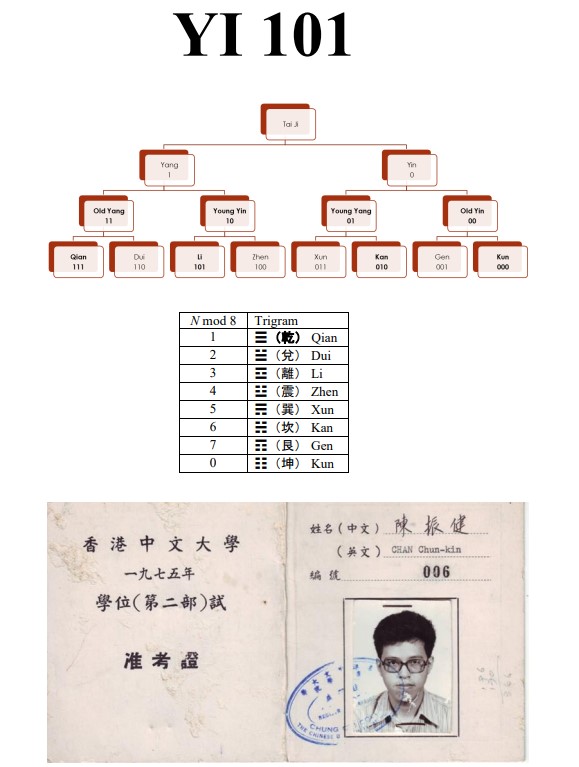
YI 101: Early Heaven Bagua
The modern name for early heaven Bagua is binary math. Bagua or the eight trigrams are constructed using a binary tree. The order of the trigrams must be internalized: Qian, Dui, Li, Zhen, Xun, Kan, Gen and Kun. This order is used to decode numbers. For example, the number 006 is decoded to Hexagram 2 with the top line changing. This a simple example of Plum Blossom Yi Shu (Math).
YI 102: Later Heaven Bagua
Chinese metaphysics distinguishes between form and function. Form is pure; therefore, the early heaven arrangements are pure math. By contrast, the later heaven arrangements belong to function. Fengshui masters only care about later heaven.
YI 102 picks up where YI 101 left off. It covers the later heaven Bagua, more advanced Plum Blossom decoding techniques and divination methods.
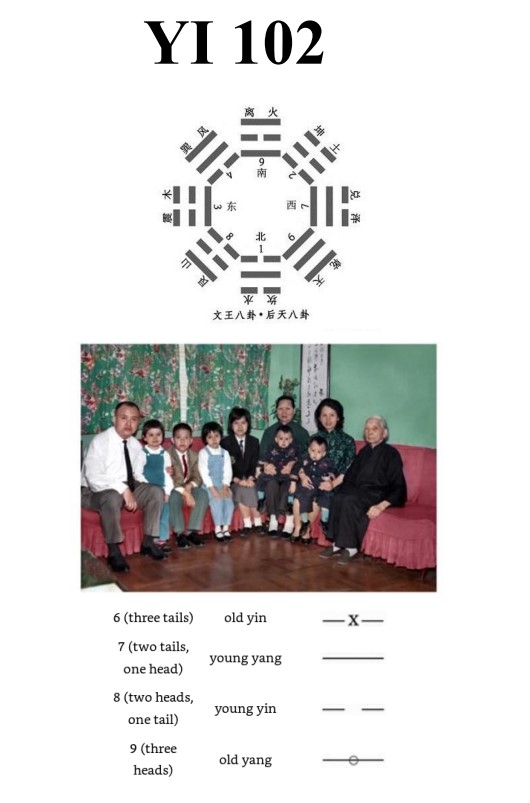
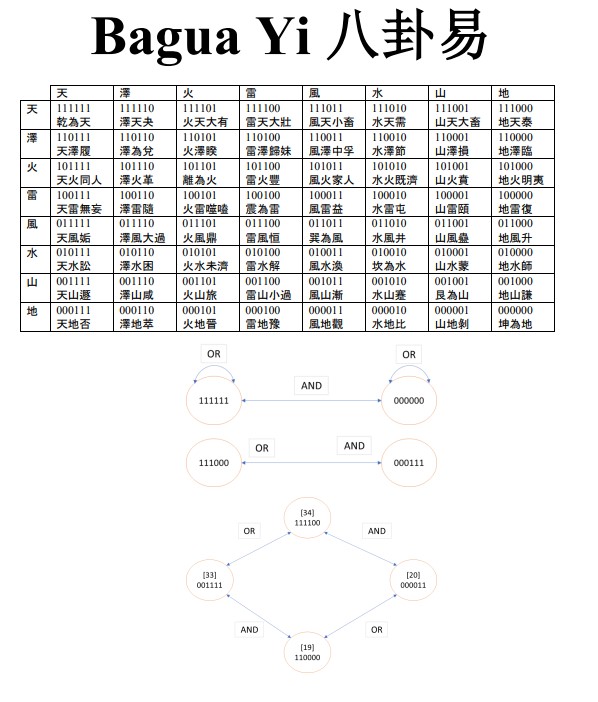
Bagua Yi
Bagua Yi follows the beaten path of constructing hexagrams from trigrams. Every hexagram has a supporting cast of five hexagrams. The first three are the complement, the reverse and the opposite. The complement is obtained from flipping all the lines of the hexagram. The reverse is from turning the hexagram upside down. The opposite is obtained from turning the complement upside down or from flipping all the lines of the reverse. The remaining two in the supporting cast are the nuclear hexagram and the isomer. The nuclear hexagram is obtained by stripping the initial and top lines of the hexagram and stretching the remaining quadrigram – the first three lines of the quadrigram form the lower trigram and the top three lines become the upper trigram. The isomer is obtained by interchanging the upper and lower trigrams of the hexagram. To get the most out of any hexagram, you must look at its supporting cast.
Digraphic Yi
Digraphic Yi constructs hexagrams from digrams or digraphs. a hexagram is formed by stacking three digrams, analogous to a codon formed by three consecutive DNA bases. The top digram represents heaven, the middle human and the bottom digram earth. The top and middle digrams react to form a quadrigram. The chemistry is required by Chinese philosophers’ obsession with the integration of heaven and human. There are sixteen quadrigrams. Each stands on four different digrams, resulting in a total of sixty-four hexagrams.
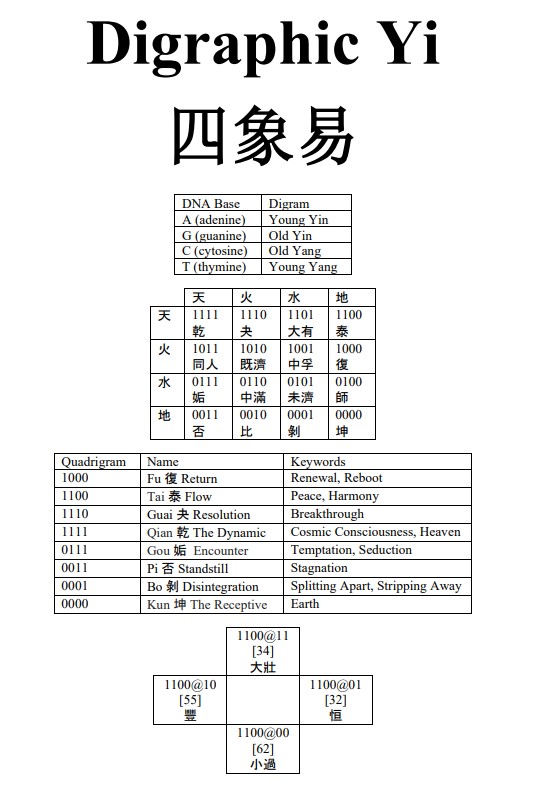
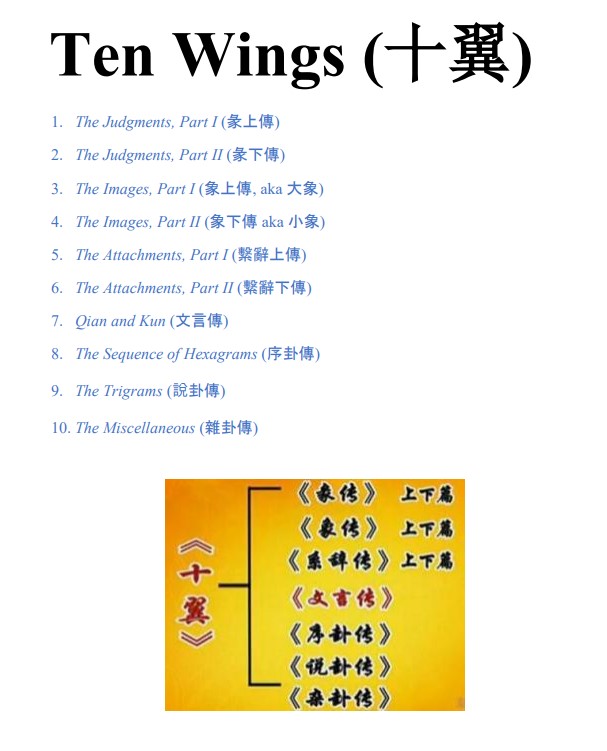
Ten Wings
The I Ching is probably one of the most commented books in human history; the seasoned wisdom of thousands of years has gone into the making of the Book.
Because the text in the I Ching is terse, even ancient scholars found it difficult to understand. Seven zhuan or books of commentaries were written to explain different aspects of the I Ching. Three of the seven books of commentaries are each partitioned into two parts. As a results, there are ten books in circulation. The ten books are called the Ten Wings.
Li Xiang Shu
Yi’s foundation is mathematics (Shu). Shu is associated with Plato’s world of forms. Shu is much more than binary arithmetic. This first layer includes binary math, symmetry groups, solid geometry, algebra and more.
The layer on top of Shu is Xiang or images or phenomena. The phenomenology of Yi is more concerned with applications. The corresponding disciplines are applied mathematics, physics and engineering.
The layer on top of Xiang is Li or philosophy. The top layer is where hundreds of flowers bloom. That’s where we find Confucianism, Taoism and Buddhism.
